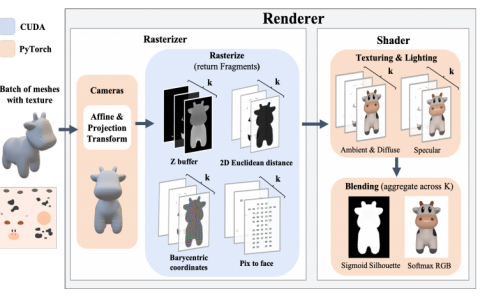Wireless Edge Computing with Latency and Reliability Guarantees
PubDate: May 2019
Teams: University of Oulu; University of the Basque Country; VTT Technical Research Centre of Finland
Writers: Mohammed S. Elbamby, Cristina Perfecto, Chen-Feng Liu, Jihong Park, Sumudu Samarakoon, Xianfu Chen, Mehdi Bennis
PDF: Wireless Edge Computing with Latency and Reliability Guarantees

Abstract
Edge computing is an emerging concept based on distributing computing, storage, and control services closer to end network nodes. Edge computing lies at the heart of the fifth generation (5G) wireless systems and beyond. While current state-of-the-art networks communicate, compute, and process data in a centralized manner (at the cloud), for latency and compute-centric applications, both radio access and computational resources must be brought closer to the edge, harnessing the availability of computing and storage-enabled small cell base stations in proximity to the end devices. Furthermore, the network infrastructure must enable a distributed edge decision-making service that learns to adapt to the network dynamics with minimal latency and optimize network deployment and operation accordingly. This article will provide a fresh look to the concept of edge computing by first discussing the applications that the network edge must provide, with a special emphasis on the ensuing challenges in enabling ultra-reliable and low-latency edge computing services for mission-critical applications such as virtual reality (VR), vehicle-to-everything (V2X), edge artificial intelligence (AI), and so forth. Furthermore, several case studies where the edge is key are explored followed by insights and prospect for future work.


